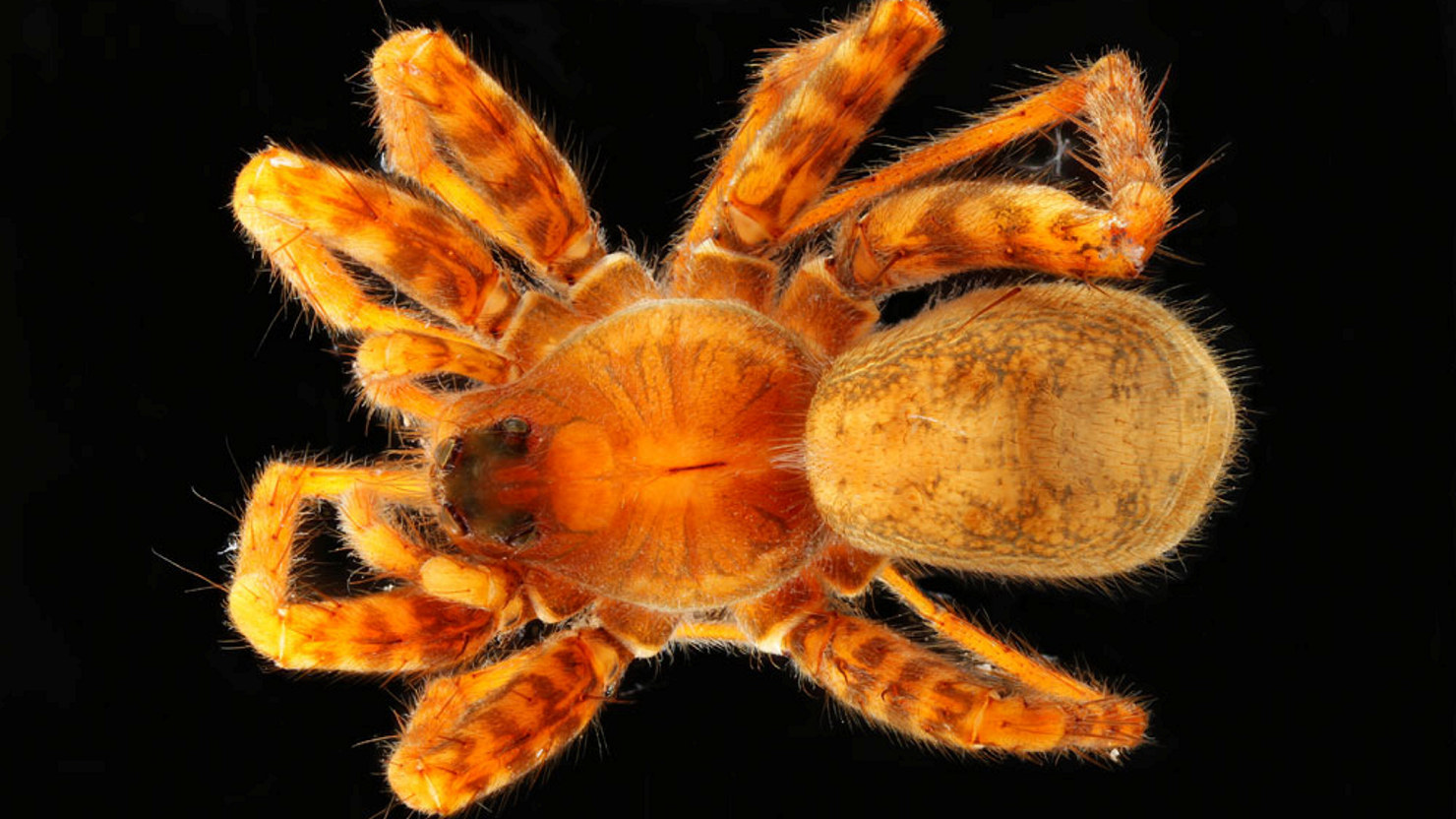Unique types in a fantastic collection

All known animal species have a scientific name. For the sake of stability and confirmation of which species the name belongs to, a system of type specimens has been established. When describing a new species, the researcher concerned must select a specimen as a type for the species. The permanent scientific name is linked to this specimen, referred to as a holotype, which acts as a reference specimen for the name and the species in question.
Several specimens are often used to describe new species. The other specimens that describe variations within the species are called paratypes. If the description has been made without a holotype being determined, all the specimens included in the description are called syntypes.
Scientific references
Types are reference material for scientific research and are placed in the Natural History Museum's collections. The Gothenburg Museum of Natural History, in common with all other natural history museums in the world, has a responsibility to preserve and care for its type material for future generations of researchers.
2000 types in the collections
The type collection at the Gothenburg Museum of Natural History contains approximately 2000 types from different animal groups. Large groups of type material consist of worms and arthropods such as polypods, insects and spiders, but also includes some vertebrates. In this collection of vertebrates, reptiles are the largest group with approximately 180 specimens, followed by fish with around 70 and amphibians with 50 type specimens. About 800 specimens are currently digitized and searchable in the museum's database. The digitizing process is ongoing and additions are made continuously.
International range
The type material makes up an international reference platform and is valuable for the museum, since it brings researchers to contact or visit the museum for their work. It also means that the museum is internationally recognized and used. We have annual visits by a large number of researchers who use the collections, in particular the type collection. It also means that the museum is mentioned in publications of articles relating to zoological systematics in international journals.






